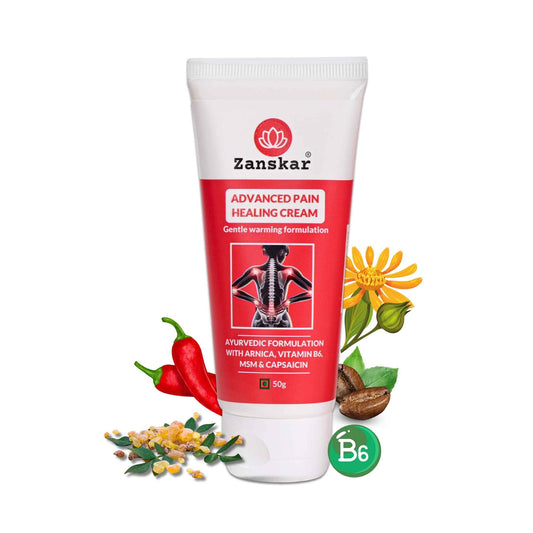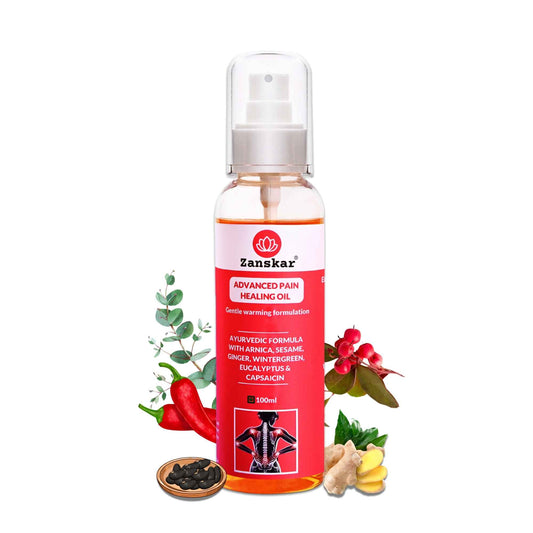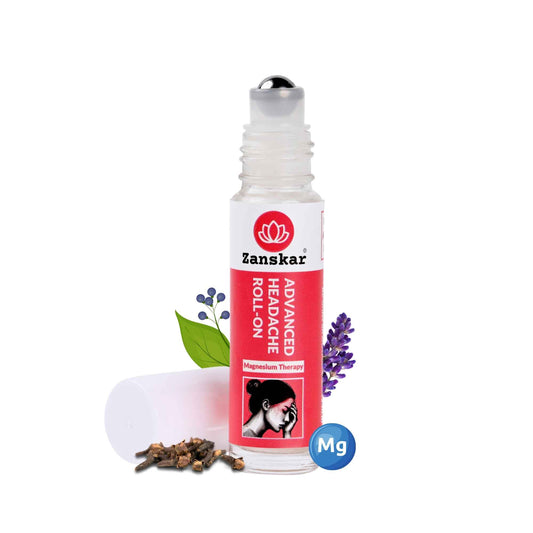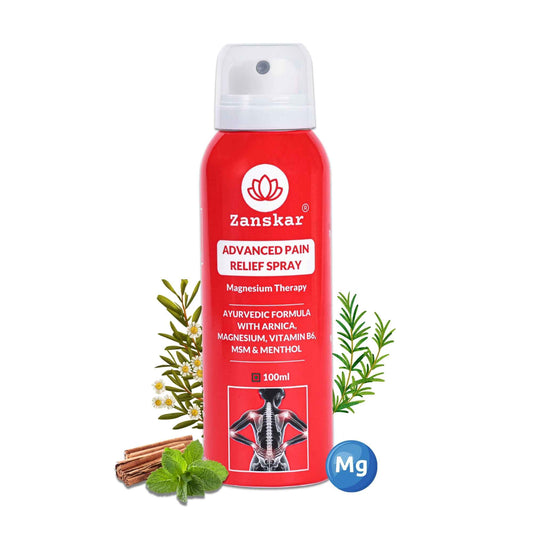
Monkeypox in India: Body Pain Symptoms and How to Prevent?
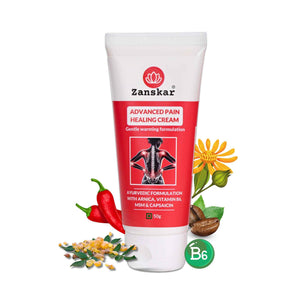
Outlook / Prognosis
Mpox normally takes about two to four weeks to run its course. If you’re exposed to Mpox, your doctor/care provider will monitor you until the rash resolves.
FAQs
- Why don’t we call it monkeypox anymore? The name monkeypox carries stigmas with it, including those about race. The World Health Organization changed the name to Mpox in November of 2022.
- Mpox vs chickenpox: Although they both cause skin rashes, different viruses cause mpox and chickenpox. Both viruses can spread through skin-to-skin or prolonged face-to-face contact, but chickenpox is very contagious and spreads more easily than mpox. People with mpox are more likely to have swollen lymph nodes than people with chickenpox. The rashes act differently, too. While the chickenpox rash can appear in waves, mpox sores develop at the same time. Chickenpox symptoms — including the rash — tend to get better within two weeks, while it takes two to four weeks for mpox to resolve.
- Mpox vs. smallpox: Smallpox and mpox are both part of the Orthopoxvirus genus, so they’re caused by similar but distinct viruses. Thanks to effective vaccines, smallpox was eradicated (is no longer a circulating disease) by 1980. Smallpox was very contagious and spread more easily than mpox. Mpox symptoms are similar to smallpox, but milder.
Learn More About Zanskar Health
If you have joint or muscle pain that makes it hard to move, Zanskar offers the most advanced full stack pain relief solutions for you.
Now available to purchase, Zanskar® Advanced Pain Care Products have a unique formulation of natural bioactive ingredients and provide lasting relief from all kinds of headache that you can feel good about.
You can also gain access to therapeutic exercises and stretches for your condition by downloading the Zanskar Health physiotherapy mobile app. Additionally, you’ll have a personal care team to guide, support, and tailor our program to you, including behavioral and nutritional coaching.
Download our mobile app here 👉 download and track your exercise streak.
Medical Review: This article is written by Dr Nishtha Mittal (Senior Health Content Editor at Zanskar Health) and has been medically reviewed by the medical team at Zanskar Health. This article and its contents are provided for educational and informational purposes only and do not constitute medical advice or professional services specific to you or your medical condition.




